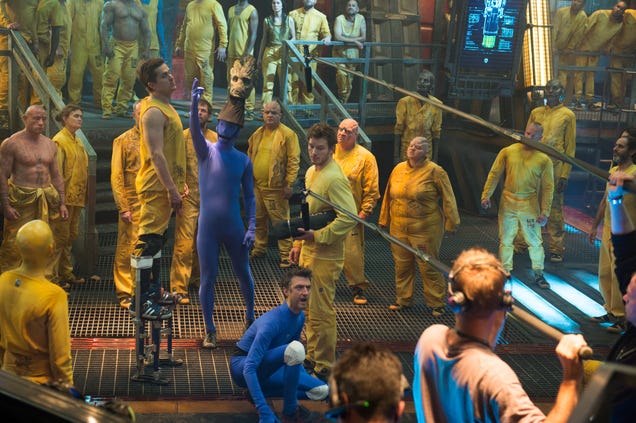The Film Chain
Production
¨The stages that are involved in the film industry are
directing, props, casting, equipment, filming, planning, Finance/Budget,
editing and scripting. These are all important stages of production.
¨The main producers of the films in America consist of Universal
studios (owned by Ronald Meyer), 20th Century Fox (owned by Jim Gianopulos), Sony Pictures Entertainment (owned
by Michael Lynton), Warner Brothers Entertainment (owned by Kevin Tsujihara) and The Walt Disney Company (owned by
Bob Iger).
¨The ownership of the studios have an impact on what films the
studios produce, because they own the studios, meaning they have control over
what the studios make because they are the people who supply the budget/finance
for the film project the studio is working on.
¨An independent Production is a film production making a film that is produced mostly or completely outside of
the major film studio system. Other than just being produced and distributed by independent entertainment
companies, independent films are also produced and/or distributed by
subsidiaries of major film studios.
Distrubution
¨Distribution means the action of getting the actual film in to cinemas and getting out to the
target or general audience.
¨This is normally done by professional film distributors instead of production
companies, who would determine
the marketing strategy for the film, the media by which a film is to be
exhibited or made available for viewing, and who may set the release date and other things.
¨The Traditional way of distributing a film, is by putting it in
cinemas by selling it to the cinema for a lump sum or for independent film
distributors you can enter a film festival.
This is usually done by different companies to the producers.
¨Some more modern ways of distributing films, can be done by the
internet on such websites such as Youtube, Vimeo, Netflix and other instant movie apps
or sites.
¨A film festival is a presentation of films which has one or more cinemas or
screening venues, usually happens in a single city or region. Depending upon the festival's focus, can include
international and domestic releases. Some festivals focus on a specific
film-maker or genre
¨A film distributor might decide to release a film on a certain
weekend rather than another due to the fact that it could be a national
holiday. For example The Inbetweeners 2 was released after the Sixth form
results day, because people of that age are the target audience.
¨Distribution is an essential step to the film chain because
without this step no one will be able to watch your film and if they can’t
secure a distribution deal, this means the film wont be in cinemas, meaning the
whole production step has been a waste of time and money.
Marketing
¨Marketing is getting the
film out to the public and grabbing their attention and make them want to watch
it. The difference between marketing and
distribution is that distribution is trying to get it to cinemas but marketing
is trying to get it to your target audience.
¨Some adverts I’ve seen online and outside.
¨Films can be promoted to different audiences, such as an
American block buster being advertised in Spain, by them changing the words on
the posters from English in to Spanish or get voice actors to dub the film in spanish.

Exhibition
¨Audiences can see films via cinema, Youtube, Vimeo, Love film, Netflix,
DVD, Torrent websites, streaming and other websites and apps which allows you
to view or stream films.
¨Box office is used to refer to the commercial success of a film, play, or actor in
terms of the audience size or takings that they command in the first week of being
released.
¨Because it shows how many people went to view it and also shows
how well your advertising, distribution and production worked.
¨Most the money made from ticket sales from the films go to the
movie production studios.
¨Cinemas make most of their money from the beverages they sell
such as popcorn, drinks and so on.
¨Cinemas encourage people to visit there rather than watch films
at home, by setting the release date about 6 months before the DVD is released
and also there is a bigger screen, so there is better viewing.
¨Ancillary markets are non-theatrical markets for
feature films, like home video, television, Pay Per View, VOD, Internet
streaming, airlines and others. This enables people to view films outside of
film’s release, by being able to view it at home or at anytime, which benefits
the viewers more than going to the cinema.
BFI
¨The British Film
Institute (BFI) is the lead organisation for film in the UK and use
Lottery funds to support film production, distribution, education and audience
development.
¨The BFI are required to encourage the
development of the film industry in the
UK and are also to promote a wide range of British and world cinema.
¨This helps the British film industry by
encouraging and grabbing the attention of the British public on the film
industry and encourages them to take part and support the BFI and the British
film industry itself.



































